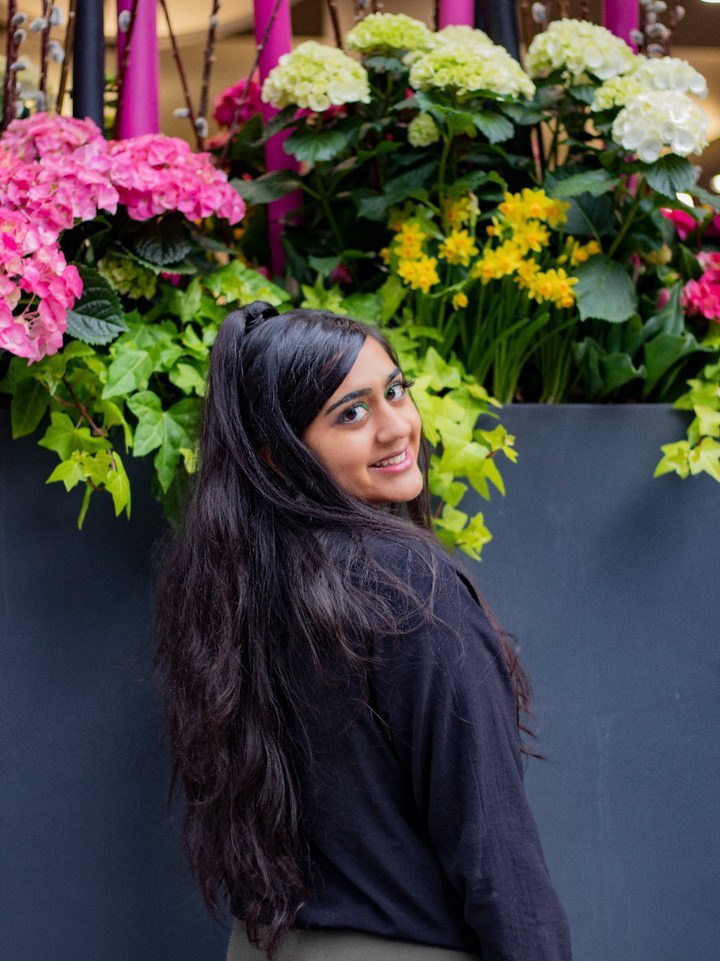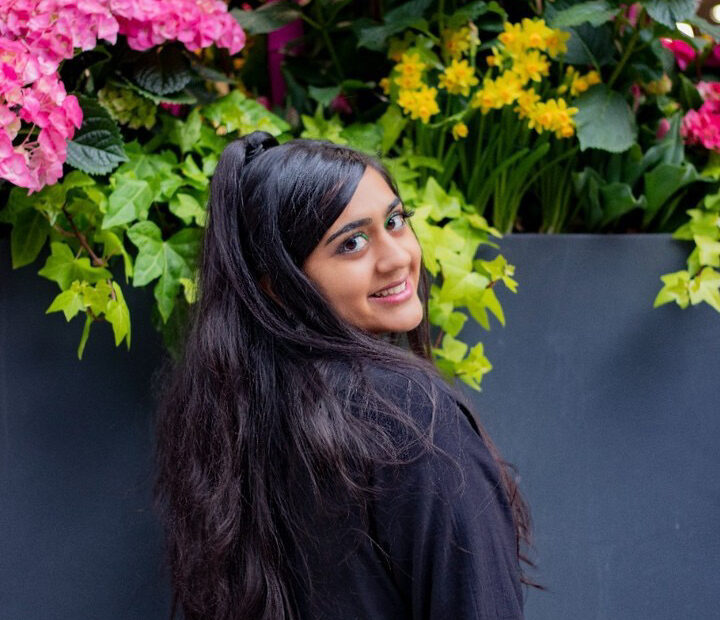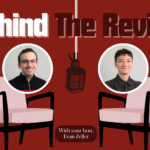Roveena Jassal dips her toes into both music and journalism

The first time I met Roveena Jassal, we were both performing at the same showcase, “Conscious Songs 4 Conscious Minds,” in the summer of 2023 at Content Day Studios. I don’t remember how our conversation started—it was probably something like, “I loved your set”—but I definitely remember how it ended.
Jassal, an emcee, journalist at NOW Toronto, and creative director at WINDY6ix Magazine, gave me advice on gaining experience as a journalist: “Don’t do an unpaid internship.” I remember walking away thinking how inspiring it was to meet someone navigating the worlds of both music and journalism.
Jassal’s path as a writer began in high school when she completed her first poetry book, an experience that gave her the confidence to pursue storytelling as a career. “I was specifically interested in how words and narratives affected other people,” she says.
Jassal carried that passion into media studies at Western University, where she explored different creative media, including comics and podcasts. “Doing different kinds of art has helped me cultivate different ways to tell stories,” she says, explaining that her diverse practice is bringing her closer to realizing her purpose as an artist.
“Right now, my brand as an artist and journalist are very intertwined,” says Jassal, who also goes by the stage name Bad Gyal RoRo. “The things I like to write about as a journalist are often translated through songs.” Jassal writes about topics she is passionate about, like arts, culture, social justice, and body image. One of her recent performances was about her experience getting an IUD.
Personally, I struggle to appear authentic in my creative expression while remaining “employable,” so I was curious to hear her take on balancing a brand as a journalist and a music artist. “That’s actually the hardest part,” Jassal says, “that is something I’m still struggling with.”
She says there’s a certain seriousness with journalism, which she didn’t always want to accept. “I started to understand the differences between the two and honour those differences so that I could channel my emotions and channel myself accordingly.”
Jassal says that before she believed she could do both, she felt stuck. Having definitions of each has helped her build a distinct brand, but she’s still learning. Journalism has helped her with the business side of music: how to talk to people, to take instruction, to understand a contract, to work with people, to communicate, and to conduct herself.
When asked what she thinks journalism can learn from music, Jassal responds, “The whole industry has got a stick up its butt right now,” referring to newsrooms’ reluctance to adapt to new technology like AI. “You got to understand what’s happening, accept it, and roll with it.”
She points out that music is always changing, and journalism can evolve by removing corporatization and structure, then embracing spontaneity and newness.“I feel, hear, see music. Journalism is like that too,” she says. “The number one thing they have in common is listening.”
In music, she’s proud of being able to impact people and be herself on stage. “To look into people’s eyes and tell them my truth—which ends up being a lot of their truths—that’s where the intersection of music and journalism comes for me.”
The night we performed, Jassal came alive on stage. Her whimsical performance included crowd participation, and the infectious optimism flowed through the room as the crowd joined in her chant, “I can do anything.”
About the author
Tajae is a part-time journalism student in their final year of study. They are most passionate about local news, as well as arts and culture multimedia pieces. Tajae has contributions in Met Radio and The Eyeopener. They also love to create and perform musical pieces.




